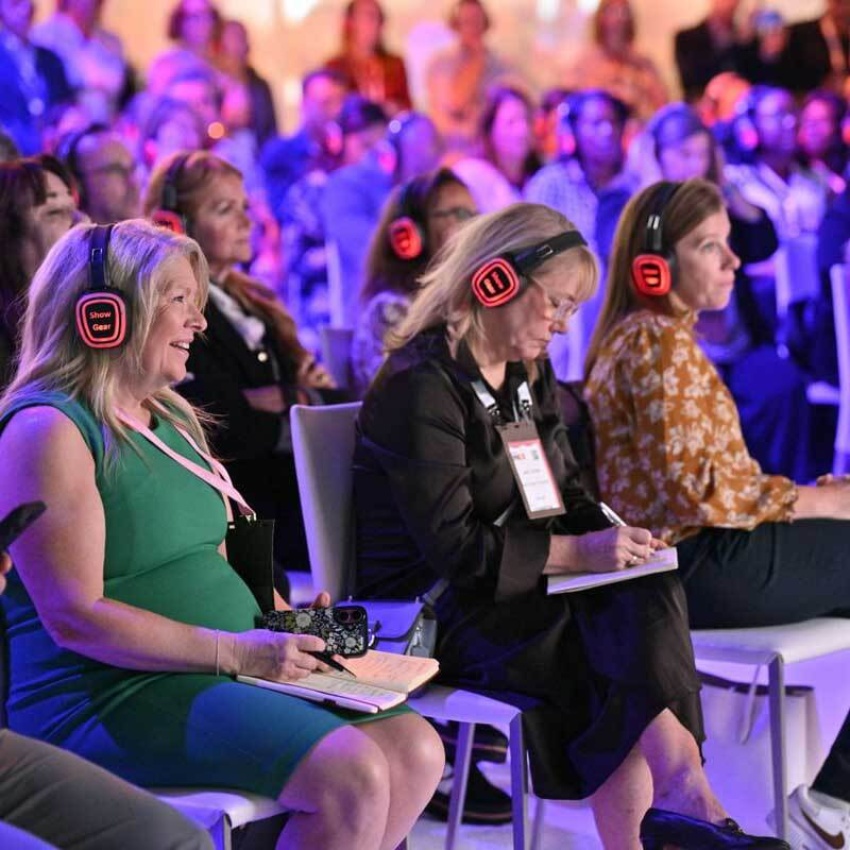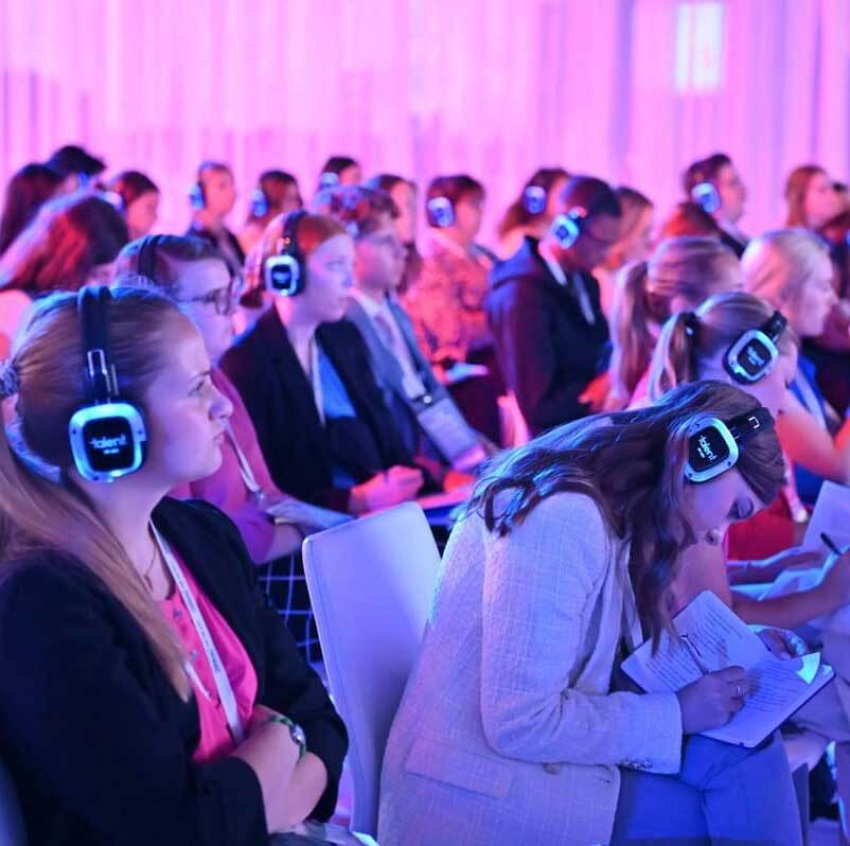Today’s most successful events aren’t just programs—they’re emotional journeys. They move beyond passive content into active story living, where people connect deeply and leave transformed. At IMEX America 2025, our experiential event design track explored how to craft these journeys with intention.
Here are five key takeaways:
1. Psychology and neuroscience drive design
Event design now goes beyond logistics and aesthetics—it’s about how people think and feel. Principles like loss aversion and the peak-end rule help shape emotional arcs that resonate without inflating budgets. Every detail—from lighting to seating—affects the nervous system. Designing for psychological safety and sensory regulation is essential for learning and connection.
2. Story is the operating system
Memorable events start with a strong narrative. Storytelling has evolved into story living, positioning attendees as protagonists on a hero’s journey. Every design choice—from technology to scenography—should serve the event’s purpose. When story leads, marketing becomes meaningful and loyalty follows.
3. Choreograph emotion with intention
Nonstop spectacle overwhelms the brain. Instead, design emotional arcs with contrast: awe-filled peaks balanced by quiet spaces for reflection. These pauses deepen meaning and make the high points unforgettable.
4. Immersion is multi-sensory
True immersion engages all senses—not just sight. Soundscapes, scents, textures and taste amplify memory and emotion. Blending digital and physical elements breaks the fourth wall and creates authentic connection.
5. Success is measured by ROX
ROI still matters, but it doesn’t capture emotional impact. Enter ROX—Return on Experience. This framework measures resonance, magic and bond, helping justify investment in experiences that build lasting loyalty.
The challenges ahead
- The spectacle trap: Prioritizing wow factor over meaningful story.
- Internal KPIs versus attendee needs: Overly long plenaries and top-heavy agendas miss the mark on connection.
- Sensory overload: Packed schedules and bright lights can trigger stress—design for cognitive breaks.
- Siloed collaboration: Lack of early alignment leads to fragmented experiences.
- Measuring emotion: Quantifying awe is complex—context matters.
The opportunities to seize
- Apply behavioral science for smarter, cost-effective design.
- Create resilience spaces for cognitive restoration.
- Embrace embodied storytelling and attendee co-creation.
- Use pattern interrupts—small surprises—to recapture attention.
- Infuse events with authentic local culture for deeper meaning.
Back to the track. We’ll be back on the experiential event design track at IMEX Frankfurt 2026. Stay tuned.
Report created with the help of Snapsight and SparkAI.





